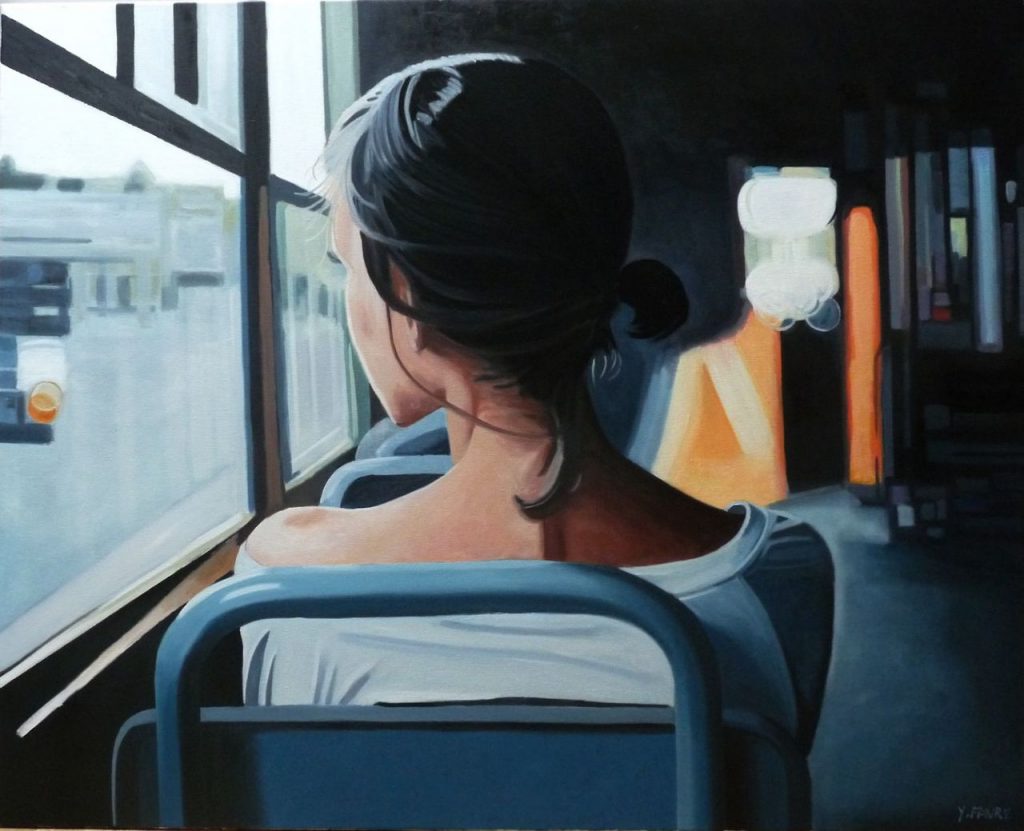This week we spoke mainly about colour temperature and focal length. It was really interesting to watch the two clips with the differing focal lengths. First the clip from Soy Cuba, where you really feel like your part of the action and then the clip from We Still Kill The Old Way, where you feel really distanced from whats going on. I’ve done photography for a long time now, and often utilised lenses with a different focal length. However seeing two clips like that one after the other really helped me ‘get’ how much focal length effects both the actual look of the image as well as how the audience relates to the visual content.
When we complete the exercise in class where we tried to utilise two different focal lengths, it didn’t feel as obvious when viewing back that content as to how much the focal length had effected the footage. I guess its a very different thing to have content where someone is literally just standing in front of the frame, rather than content which has many actors jam packed in the frame, plus your being intrigued by the pacing, staging and character relationships which are happening on screen that really dramatise the minor effects of the focal length. I guess it’s really how the mood of the piece is relating with the added adjustments the focal length are making to the image, which makes it feel as if there are drastic differences in the two.
We also learnt more about Robin’s undying love for C Stands, which I’m very much enjoying. I never quite realised how valuable those babies are until Robin kept emphasising that fact, and I don’t even own one. I think he even said “If I could have ten c stands and one light, or ten lights and one c stand, i’d always go with the ten c stands.” So maybe I need to buy ten c stands? Only joking. But certainly when witnessing the way you can manipulate even naturally available light just by using some cutters and couple of c stands, it becomes evident how invaluable they are.
Until next time,
Louise Wilson
Posts for Reflection:
Post 1: http://www.mediafactory.org.au/louise-wilson/2018/03/25/week-3-reflection/
Post 2: http://www.mediafactory.org.au/louise-wilson/2018/03/25/week-4-reflection/
Post 3: http://www.mediafactory.org.au/louise-wilson/2018/03/25/reflection-film-scene-2/


Recent Comments